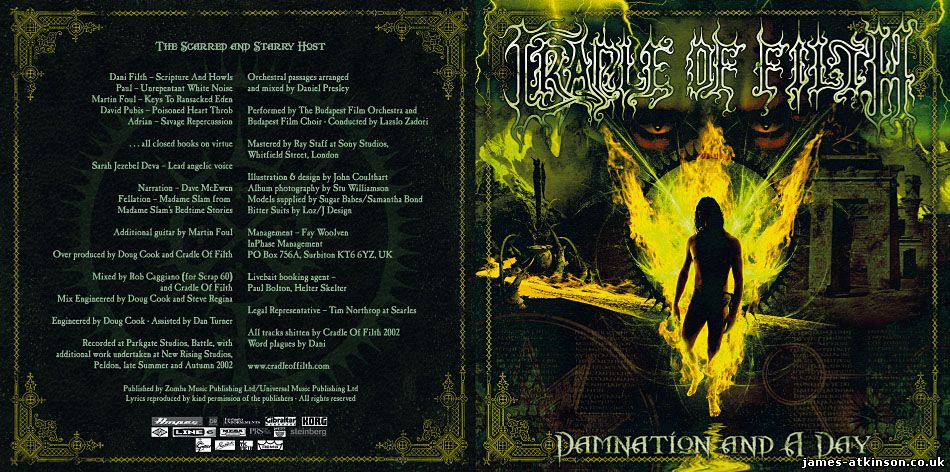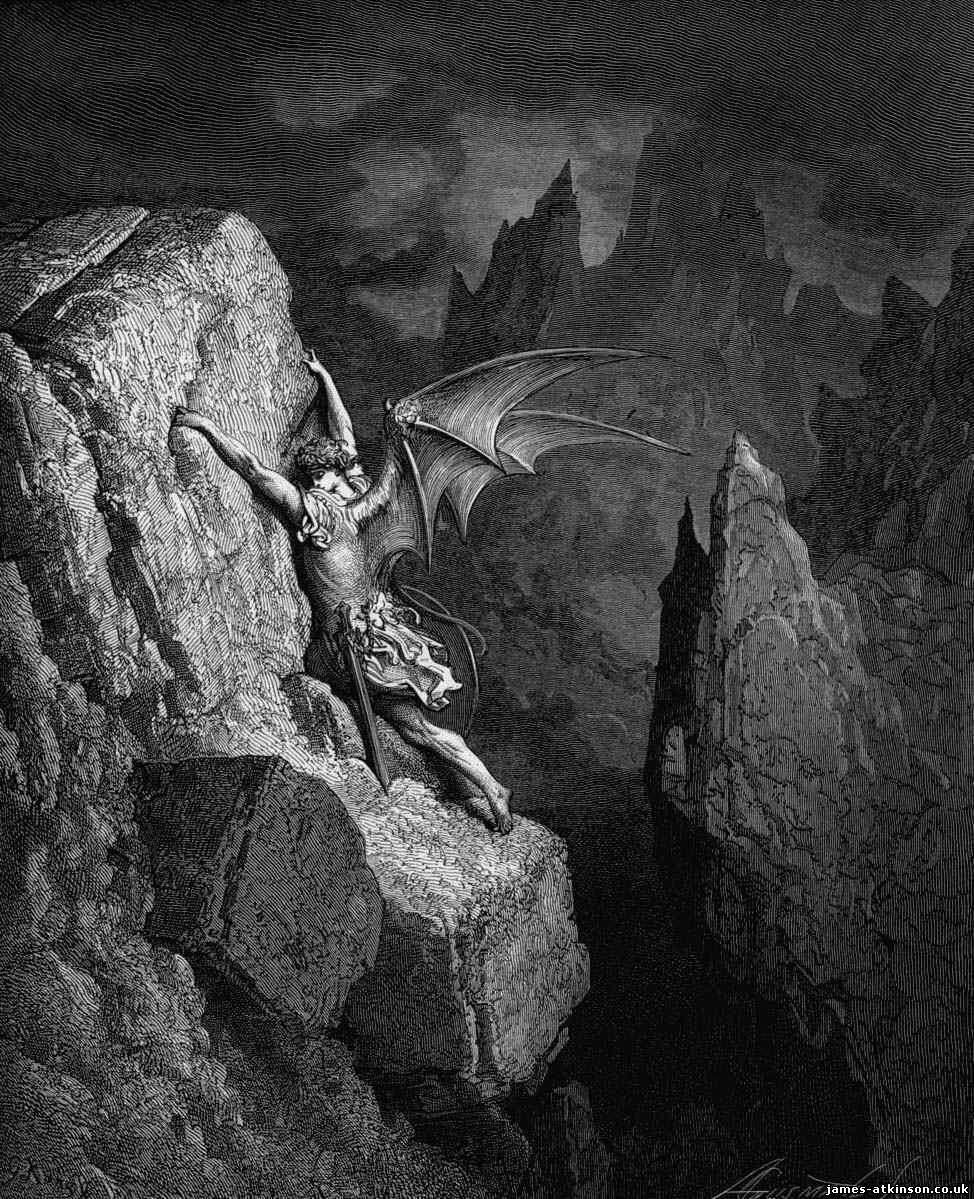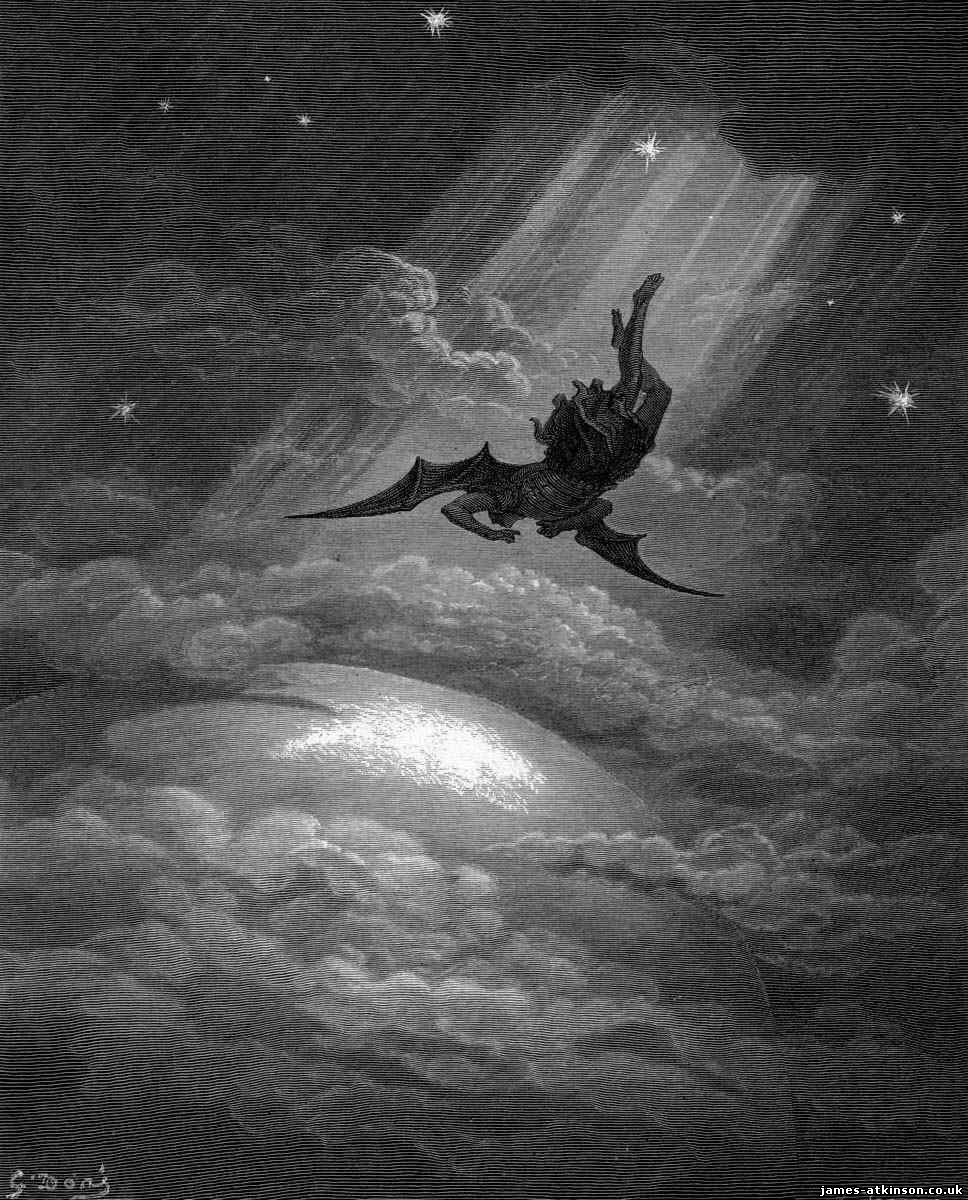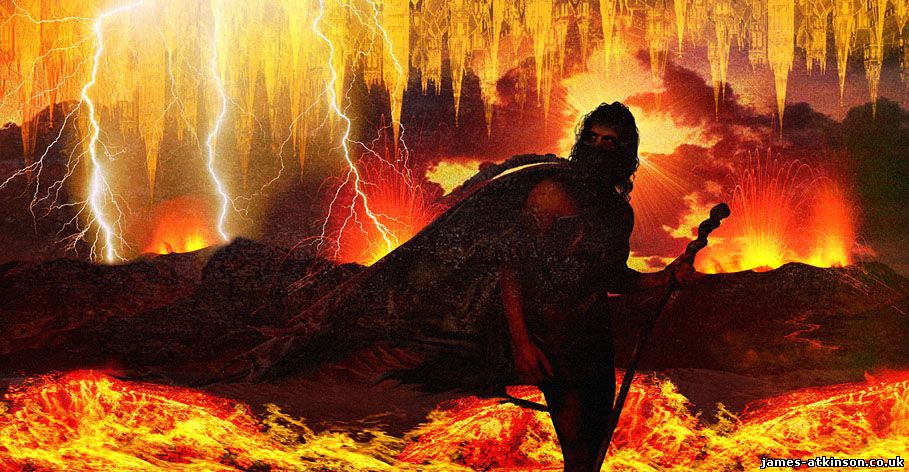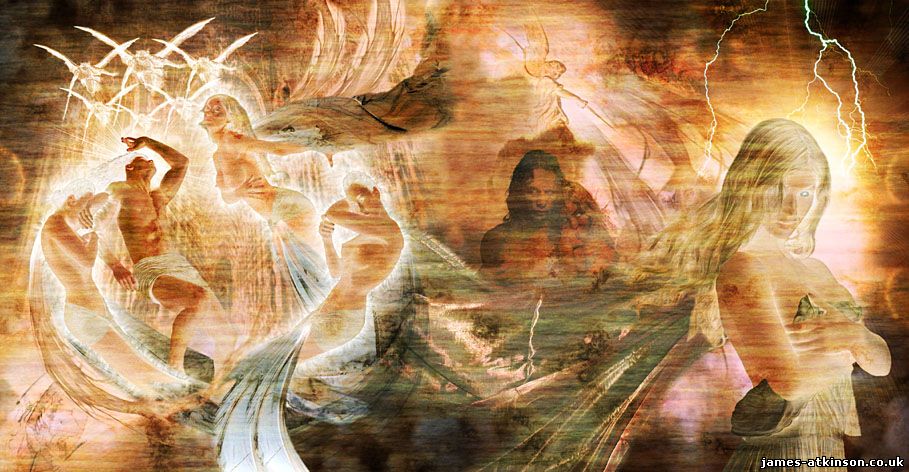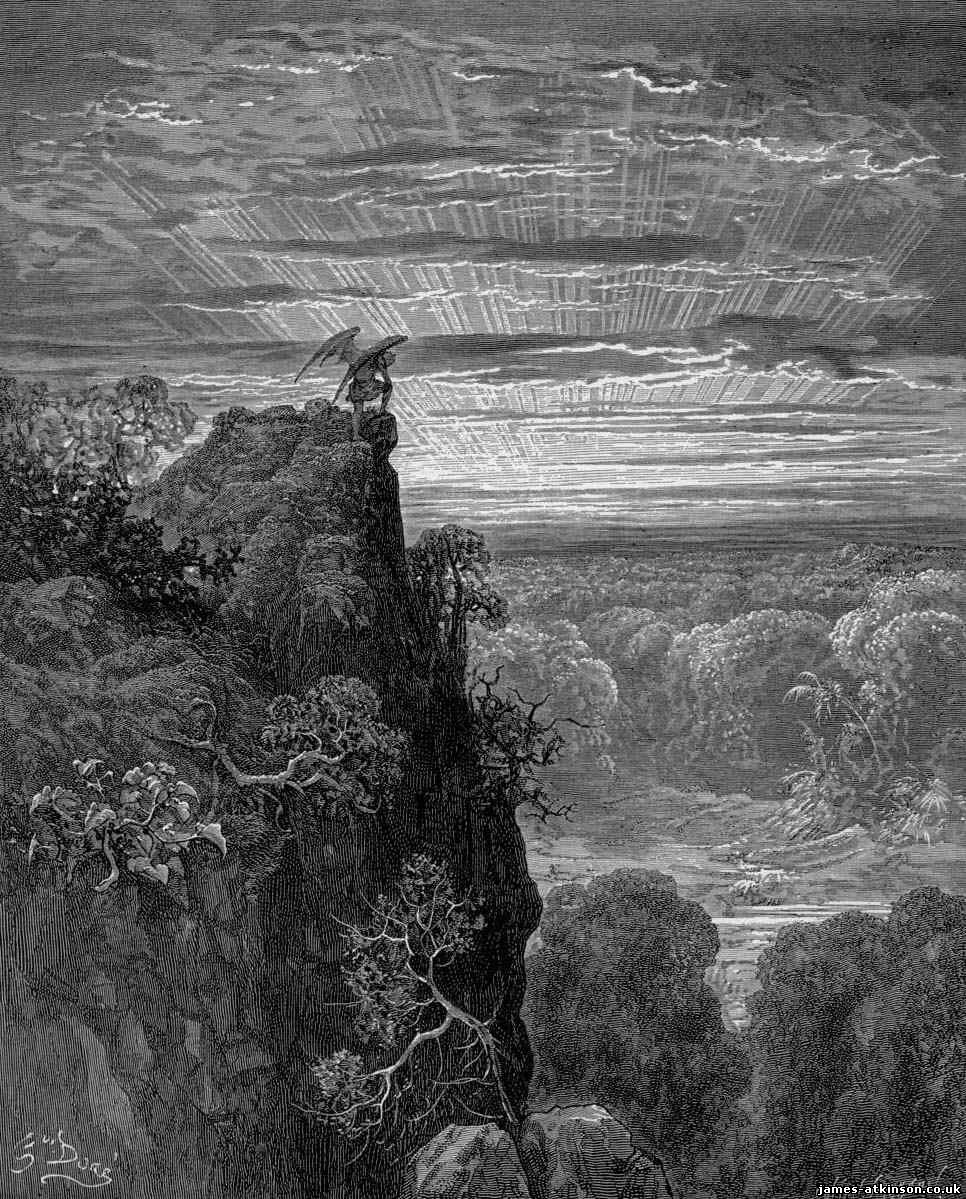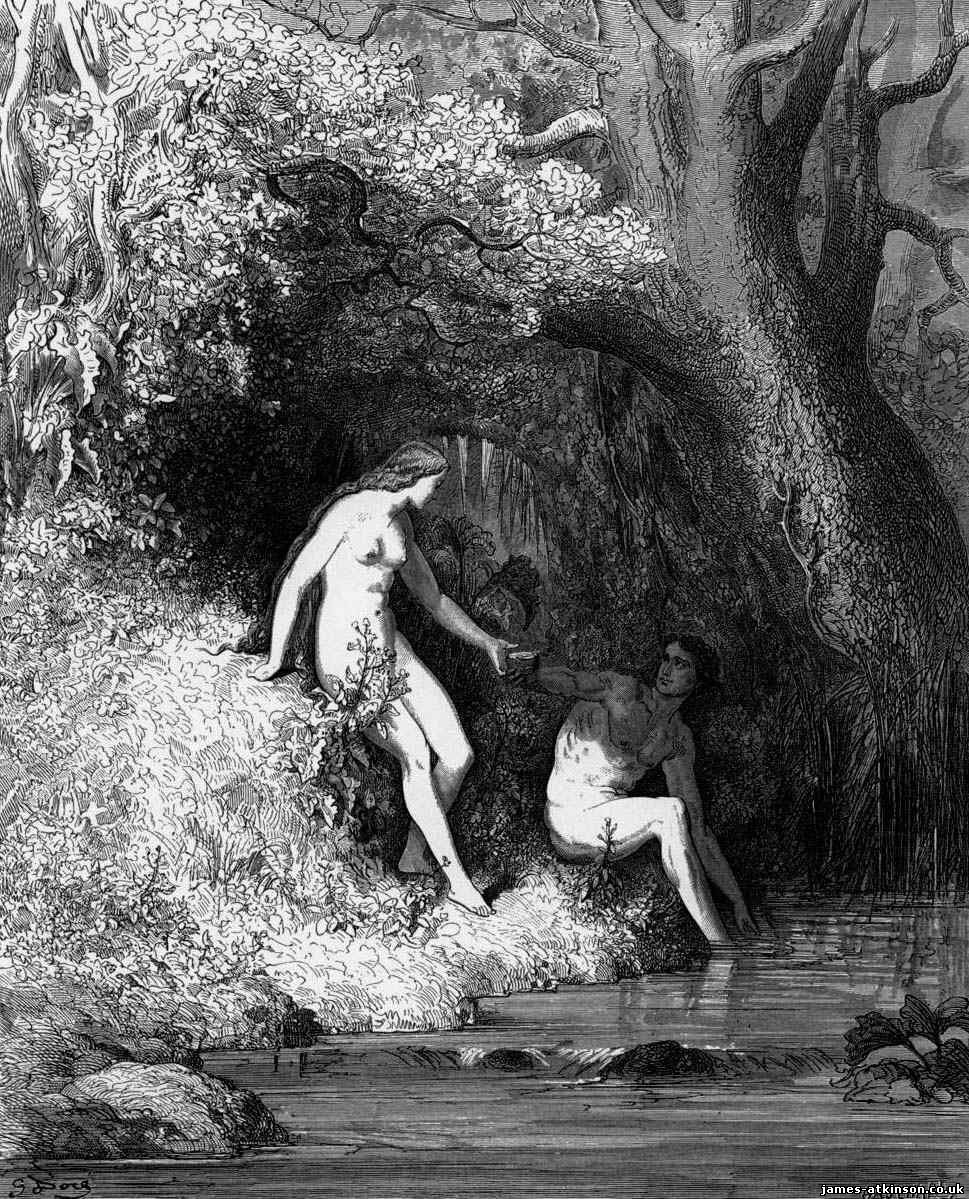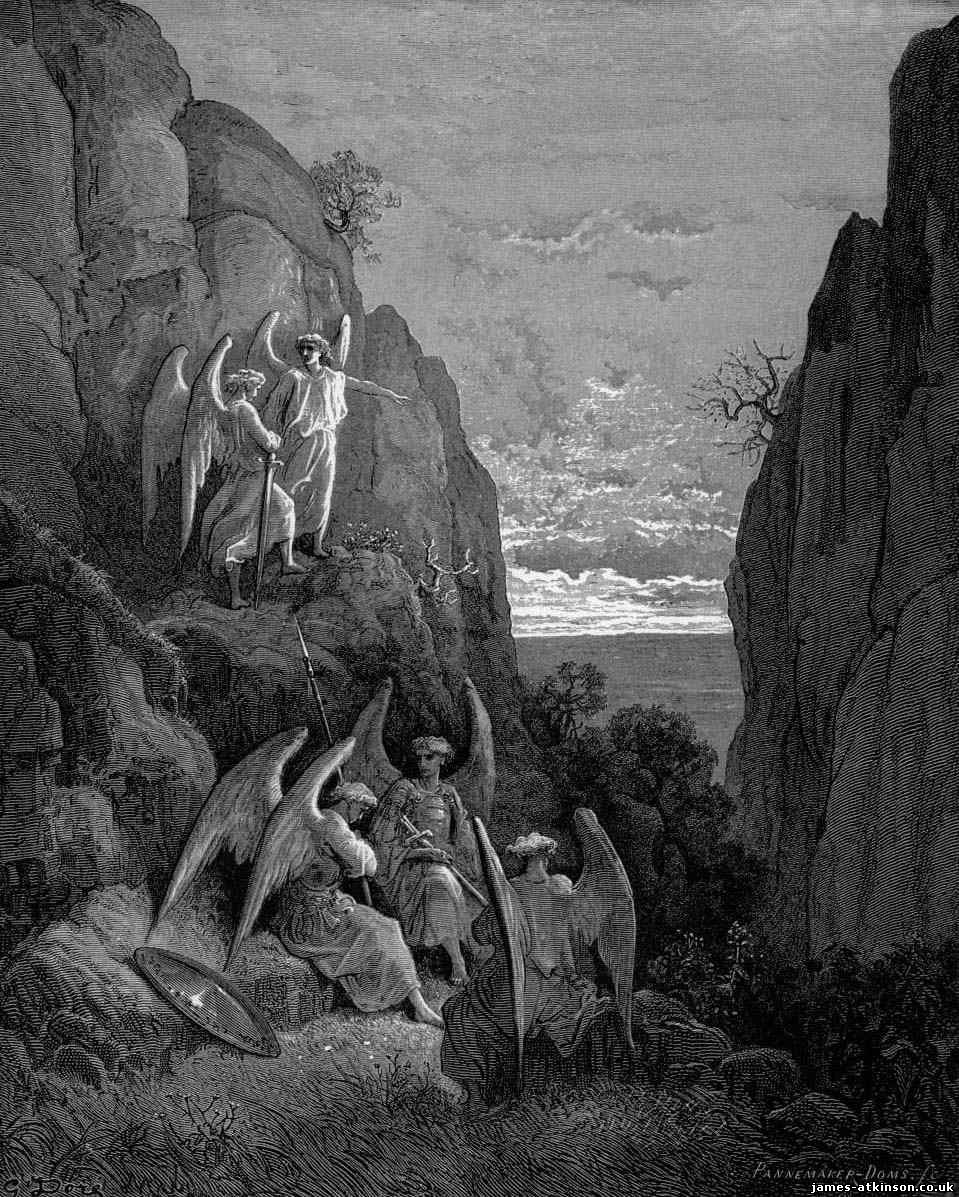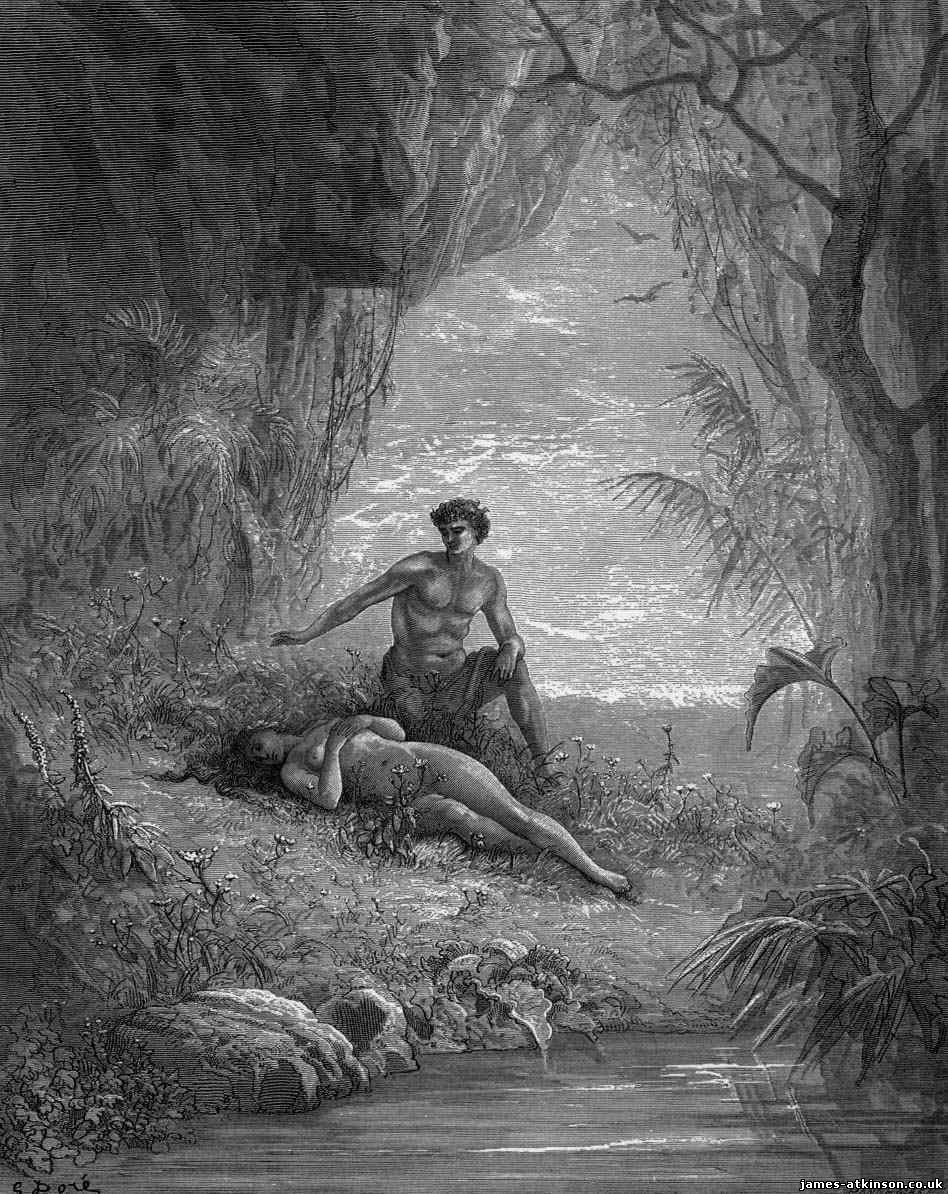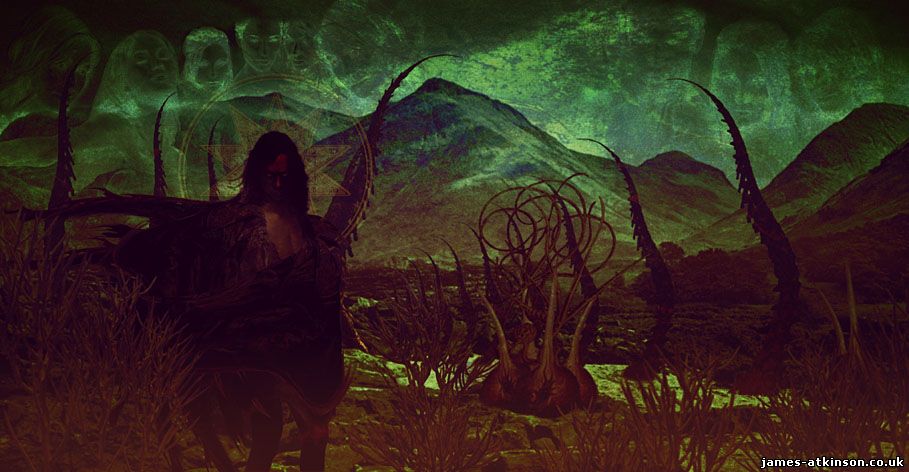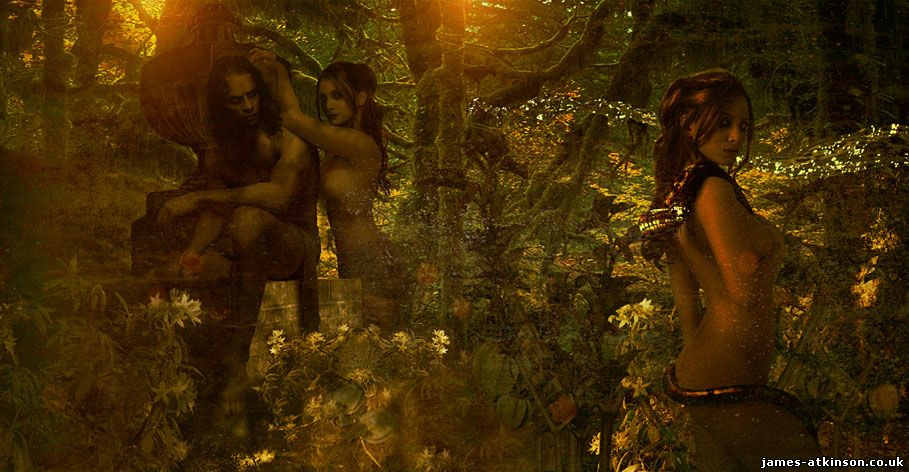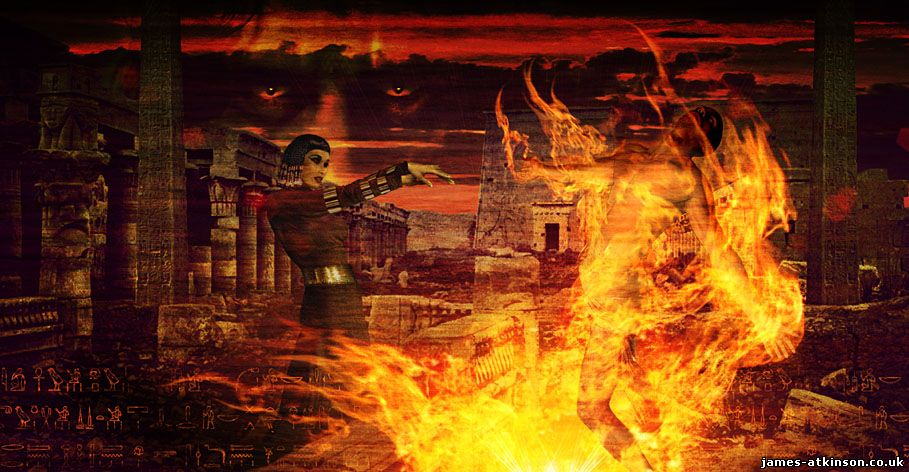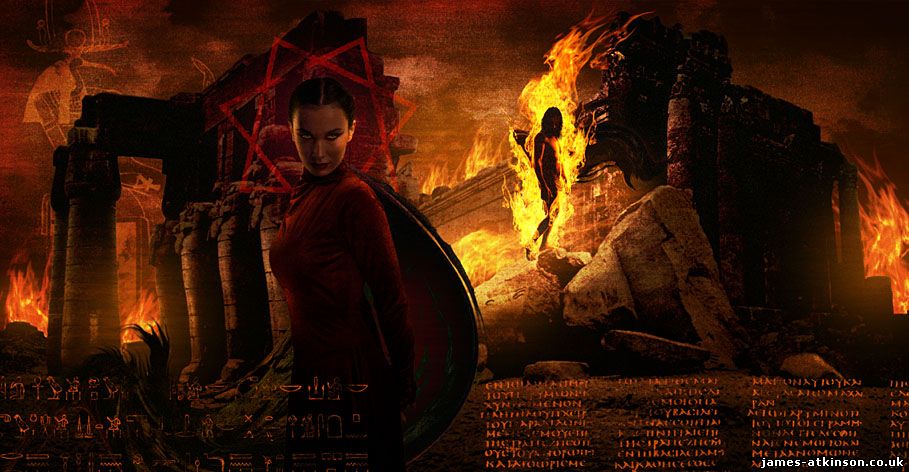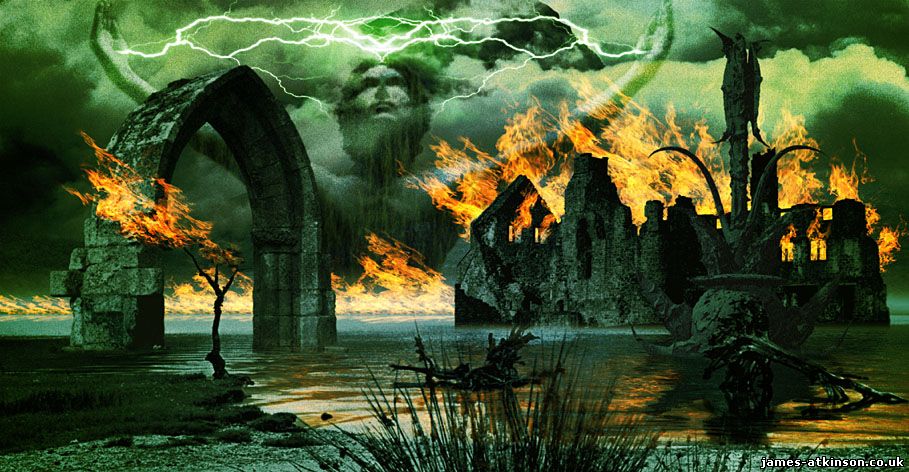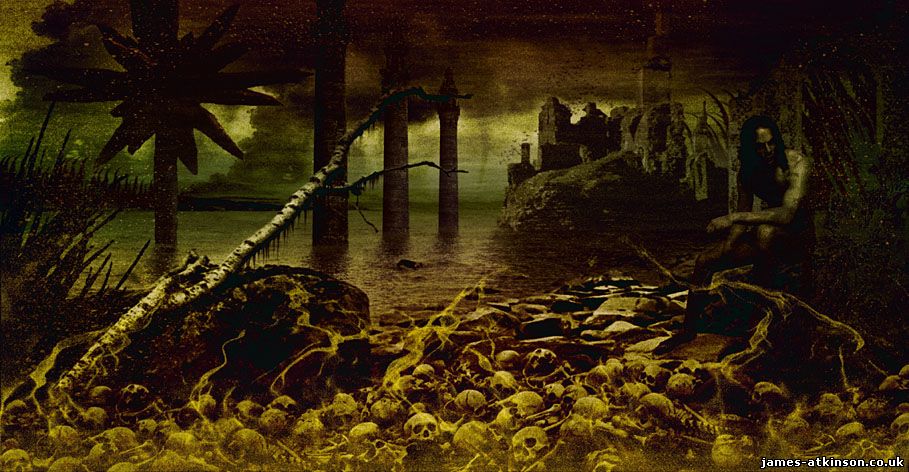8:23 PM Milton’s Paradise Lost and its influence on one of my much-loved albums |
|
It is truly an understatement to say that the bible has many stories that have been adapted into various types of art. One of the more well known is the 17th century set of poems by the English poet John Milton. It is an epic twelve books of blank verse. It is based around the book of Genesis and Adam and Eve. It explains their creation and loss of place within the Garden of Eden. In effect the fall of man and Satan’s part in that downfall. It is based around Paradise Lost and the themes that the poem portrays. The album is broken into four sections: Fantasia Down Paradise Lost Sewer Side Up The Scented Garden To appreciate the album, an understanding of Milton’s vision is required. To help illustrate this I am going to include a selection of the magnificent fifty plates of engravings from 19th Century French artist Gustave Doré. The summery of the poem is that God had a war waged against him in Heaven by angels with the plot being devised by a favoured angel named Lucifer. Lucifer and his followers were cast out to hell. Bitter for revenge Satan plots man’s downfall. He turns into a serpent and tempts Eve eat of the forbidden fruit. It is a very familiar story that has been recounted numerous times. The difference is that Milton expands on these events and explores the themes in extreme detail. He explains how Satan, after his expulsion to hell, builds a palace he names Pandemonium. Here he sets up a council in order to decide his next steps. Should he start a new battle with God and take over Heaven or find another method of vengeance. Satan decides to go to a prophesied ‘new world’ It is in effect a form of terrorism that he decides to use. He is let in by his offspring, Sin and Death, and journeys across chaos. God witnesses this and foretells the fall of man. This is where his son offers to sacrifice himself for man’s salvation. 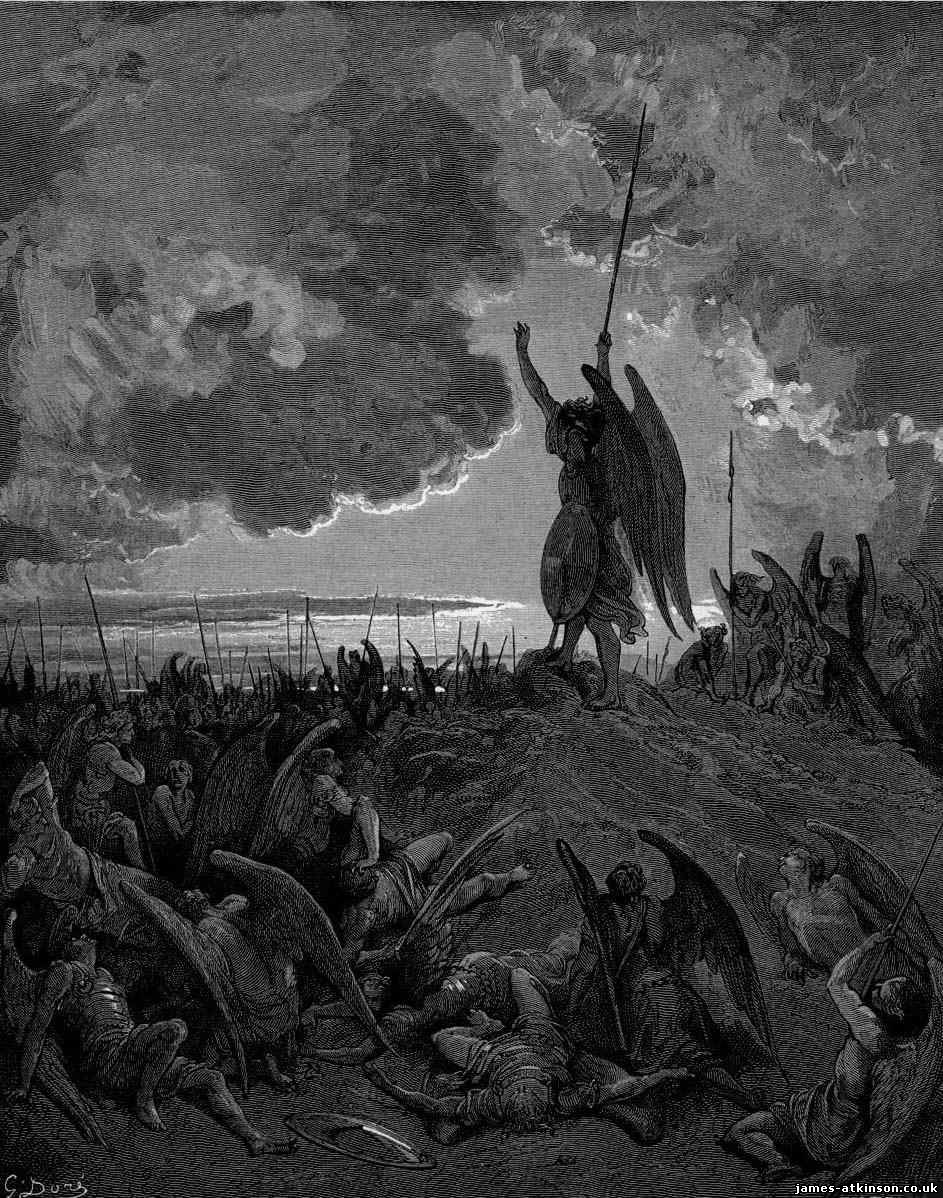 Satan calls forth his defeated legions (Gustave Doré) 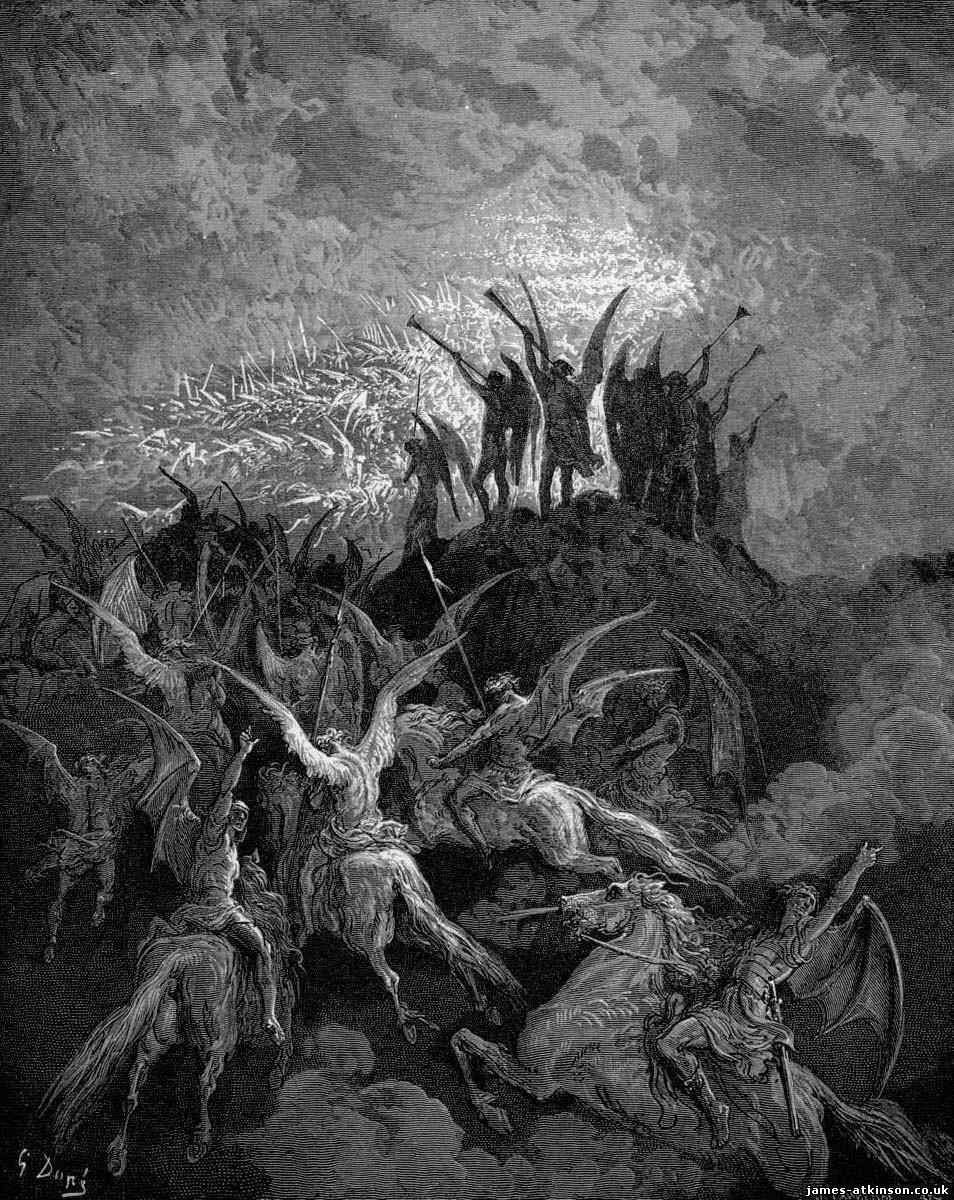 The hierarchy of devils is called to council (Gustave Doré) 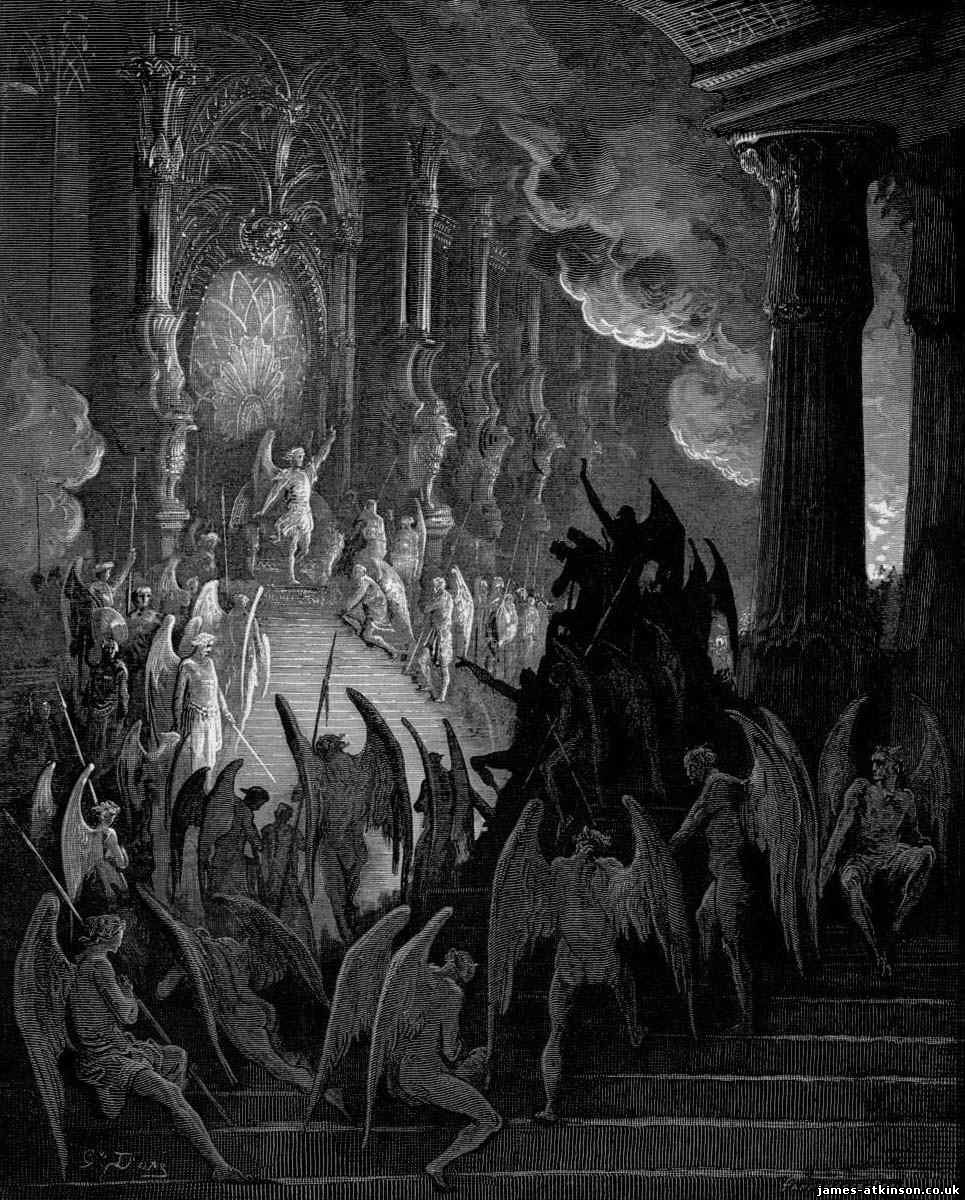 Satan holds court in hell (Gustave Doré) Adam and Eve innocently drink from the stream (Gustave Doré)
Uriel, an angel, is tricked into directing Satan to the home of man. This is where he finds the Garden of Eden. Adam and Eve are there and Satan becomes jealous of them. At that time Uriel warns Gabriel and his angels and they cast Satan from Paradise. The angel Raphael is sent by God to warn Adam and Eve of Satan and his plans. He then explains to them how Satan was once a favored angel but jealousy of God’s son led him to wage a battle in heaven. Raphael continues telling them how Satan and his followers were cast out and the earth was designed in order to one day replace all the fallen angels in heaven with mankind. Uriel reports the approach of Satan to the sentry angels at the entrance to Paradise (Gustave Doré)
Continuing the brief synopsis of Paradise Lost we find Satan returning to earth and entering a serpent. It is through this serpent that Eve is seduced into eating the forbidden fruit. Adam finds no other way but to join her and suddenly they become aware of their nakedness. In hopelessness they are aggressive to each other. The Son of God descends and judges them, delaying their sentence of death. Meanwhile Sin and Death, in glee of Satan’s success builds a highway to earth making it their new home. As Satan returns to hell he and his followers are punished and turned into serpents. God then sends the angel Michael to expel Adam and Eve from Paradise. Before this is done he reveals to Adam how the pairs sin will have future repercussions on earth but there will be a future coming that will be the savior of mankind. This takes away some of Adam’s sorrow but with sadness both Adam and Eve and sent away from the Garden of Paradise. Due to the large volume of work that Milton created in the poem it is very hard to read without high concentration. As explained it is in blank verse and the terminology takes some getting used to without modern translations. When it was first released Milton decided to later re release it with new introductions. These were so the reader had what was described as an ‘argument’ for each book. It helped to understand the story before reading the actual piece. Once the poem is started, the reader soon gets the hang of the style. There is much to be gained from the story, as it does not have to be catagorised in any religious sense. The interesting point with his work seems to be how he casts Satan as a kind of hero. If it were not for the bad, we would not be heading for a greater good. Satan’s motivations and thoughts seem to guide the poem until we see God’s mercy and the future coming of Christ. The way it works in a form of flashback is used today in modern media. It is a masterful work that takes the reader into quite a dark place. Album artwork 'Better to Reign in Hell'
The album by Cradle of Filth explores some of these aspects. It is divided into two chapters, one and two tell of the fall while three and four tell of his workings on earth. Damnation and a day used the forty-piece Budapest film orchestra together with the thirty-two-piece Budapest film choir to enhance the work. COF (Cradle of Filth) generally use an opera singer called Sara Jezebel Deva and the orchestra expanded on this idea. One of my over riding live experiences is watching COF from a dark skied and rained upon festival field and how the interplay between the operatic and guttural snarls of Sara and Dani Filth (the lead singer) was mesmerizing. It fitted the situation perfectly. Those dark clouds cleared up when COF left the stage so I suspect there may have been strange forces at play! You either love the band or hate them. For me, in art, that reaction means a great deal. Take Damien Hirst, Banksy, Andy Warhol, Quentin Tarantino or William S Burroughs to name but a few. This album is brutal in its presentation. It blends the idea of those guttural snarls and high pitch vocals with the orchestra and choir. In other words it takes previous COF albums and creates a multi layered dark edge with a clean production and lavish soundscape. The lyrical content is typical Dani Filth. While it is clear what the songs mean in their whole form, the lyrical descriptions can be cryptic at best. Some I still have not worked out years down the line. Again, that is one of the reasons I have enjoyed what COF produce. It would be hard for them to come up with another concept of such scale as I suspect the budget will not allow it, as they are no longer with Sony. Of course, I could be wrong and we may one day see another such masterpiece. If I were to pick out the main reason for my love of this album it would be the music arrangements. The Orchestral breaks blend perfectly and set the mood for such intense songs as The Promise of Fever, Mannequin, Better to Reign in Hell and Presents from the Poison Hearted. There are some incredible blends of the orchestra and heavy song structures such as the unbeatable Carrion. The album is really like listening to a soundtrack from a movie of Paradise Lost and elements of Dante’s Inferno. It has a long seventy-minute runtime but does not feel that is the case. Once you have finished the last composition and the orchestral outro, The Smoke of Her Burning/End of Daze, you feel drained. It is an emotional ride, one that only a few whole albums can do for me constantly. I have added a video below that was produced for one of the albums songs, Babalon AD (So Glad for the Madness) it is a homage to Pier Paolo Pasolini’s film Salò or 120 days of Sodom based on the Marquis de Sade’s novel. Unfortunately it was stopped from being shown on MTV. My verdict is that it is a very well produced music video but the song works better in context of the whole album. To me the concept of the song is based around how Lucifer has permeated text, especially more modern writings. So it mentions Dante, Borgia and De Sade. The clues are there. It seems to relate to Aleistar Crowley and HP Lovecraft using devices in text such as the Necronomicon and Urilia. Both are magicks (spelt that way) to summon evil. In these plot devices we see a rich tapestry of concepts that one can enjoy delving into and trying to translate. That is why this album is always a treat to listen to. 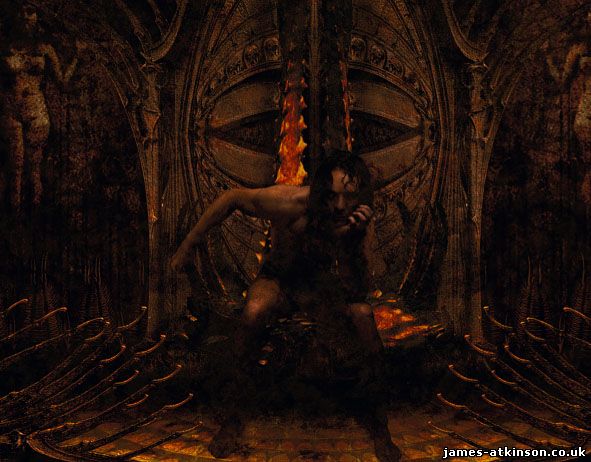 Album artwork 'Damnation and a Day' Metal archives website Damnation lyrics Wikipedia entry Cradle of Filth 'The Order of the Dragon' website Album illustration and design by John Coulthart Album photography by Stu Williamson |
|
|
| Total comments: 0 | |
